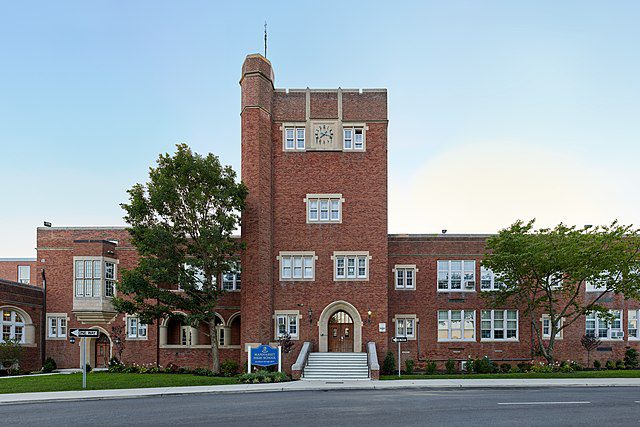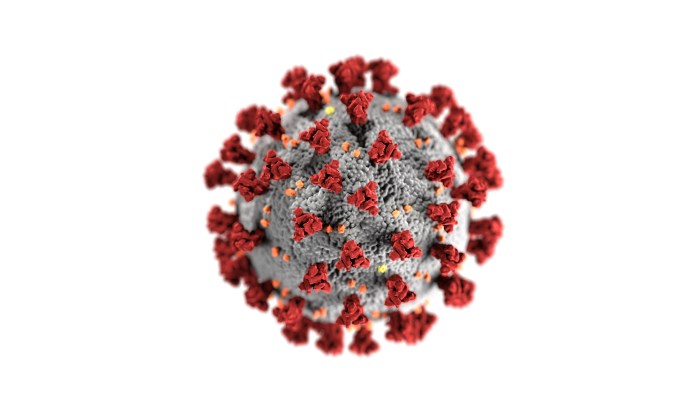 The Board of Trustees of the Village of Garden City continues to aggressively address the issue of village-sourced water and water contaminants. The village is providing this update as part of its commitment to keep residents up-to-date on as many matters as possible. Most recently, one of the village’s consultants in this area, H2M, made a presentation to the board at its Sept. 19, meeting.
The Board of Trustees of the Village of Garden City continues to aggressively address the issue of village-sourced water and water contaminants. The village is providing this update as part of its commitment to keep residents up-to-date on as many matters as possible. Most recently, one of the village’s consultants in this area, H2M, made a presentation to the board at its Sept. 19, meeting.
First, let us offer some background, without getting too scientific. As reported throughout local media, emerging contaminants, particularly 1,4-Dioxane, are not unique to Garden City or almost any water supply across the country. Per- and Polyfluoroalkyl Substances (PFAS) and contaminants such as 1,4-Dioxane are extremely soluble, which means they easily dissolve in groundwater, allowing them to travel far below ground. Plumes containing these various contaminants can migrate for miles and could be conjoined from multiple sources. These contaminants require specialized treatment systems because conventional water treatment methods do not remove them. On Long Island, many communities share the various underground aquifers for their sources of water so problems in one village or town are often linked with bordering villages or towns.
1,4-Dioxane is a synthetic chemical historically used as a stabilizer for industrial solvents, predominantly 1,1,1-trichloroethane (TCA). The 1,4-Dioxane found in Long Island’s groundwater is primarily from industrial manufacturing operations on Long Island that used TCA stabilized by 1,4-Dioxane from the 1950s to 1990s. It is also found in trace amounts in some consumer products (deodorants, shampoos and cosmetics).
The federal government, through the Environmental Protection Agency, has not set any enforceable standards for 1,4-Dioxane. According to the U.S. Environmental Protection Agency, 1,4-Dioxane is a “likely human carcinogen” and has been found in groundwater at sites throughout the United States.
The State of New York just this past summer proposed enforceable standards for these contaminants for the first time. The standards have not been officially adopted and are subject to review and change. In July, the New York State Department of Health proposed a standard of 1.0 parts per billion for 1,4-Dioxane and 10 parts per trillion for PFAS.
So What Are We Doing?
The water department and board of trustees created an action plan months ago to try to get ahead of any potential issues. At the Sept. 19 board meeting, the board approved an additional $5.1 million of spending on our water system to address 1,4-Dioxane and PFAS, in addition to the $16,450,000 previously approved. It is important to note that the village’s water supply is tested daily to ensure all standards in regards to safety and quality are being met. The village continues to spend and invest in infrastructure to ensure the safety of village water. The village has also filed litigation to hold the manufacturers of these contaminants accountable because the village firmly believes residents and ratepayers should not be held liable for the expense of cleaning up the mess left behind by the companies responsible for the pollution.
The village has brought on national and international experts to assist it in developing and implementing its plan. We have retained some of the best firms in the country in this regard. For example, we have retained Langan Engineering & Environmental Services, Inc., a leading water expert in this area. We have also continued to retain the nationally recognized environmental law firm, Sive, Paget & Riesel. David Yudelson of Sive, Paget & Riesel has worked with numerous municipalities, including Garden City, for years in solving water-related issues.

As mentioned above, one of the village’s consultants, H2M, presented certain information on these issues at the Sept. 19 meeting. James Roberts, PE, spent 34 years working for the New York City Department of Environmental Protection, which is in charge of the New York City water system. Roberts left the NYC DEP just three years ago to join H2M, and his last 10 years at NYC DEP were spent in charge of the water supply and delivery system for New York City’s in-city water system. His title was deputy commissioner.
At prompting by members of the board, Roberts addressed the idea of whether the village would be able to obtain water from New York City. The takeaway? This theoretical solution involves massive technical, monetary and political issues. None of these can be solved in a year or the short term. We summarize some of the issues and problems:
• Even if New York City were willing to do so, the infrastructure and technical issues involved would require millions of dollars and take years to implement.
• The existing New York City water distribution system in Queens is designed to deliver water to that geography. Extension of the delivery infrastructure beyond the Nassau County line would require study, investments, approvals, agreements, etc. and would likely take years to execute. It would be subject to extensive environmental and land use review by all the involved agencies and would likely trigger a comprehensive planning effort.
• These changes would require upgrades or new systems to reach the Nassau County border, let alone Garden City, including new infrastructure through three to four other villages. It would have to put in place a new water pipeline to supply us with water from the New York City system.
• The NYC system applies fluoride to its water supply. Fluoride is currently not approved by the Nassau County Department of Health. Further, while not believed to be an issue that is impossible to overcome, water chemistry and the application of corrosion-inhibiting chemicals such as orthophosphate in the NYC supply would require careful testing within the village to ensure there were no unintended consequences, particularly with issues where galvanized and lead service lines exist. The Nassau County Department of Health prohibits any use of fluoridation in water in Nassau County and therefore any New York City water would have to be treated (another added cost) to remove the fluoride.
It is unlikely New York City would enter into an unconditional agreement to provide potable water to the village. It is reasonable to expect that in the event of a drought or catastrophe New York would be compelled to serve its constituents first and reserve the right to cease supplying the village. Thus, we would still be required to maintain our own water system as a backup and keep it working and in compliance with state and local health standards, including incurring the cost of treatment to meet applicable 1,4-Dioxane and PFAS standards.
The village board wants every resident to know that it is acting to address these issues, and it is committed to fixing the issues. We have hired the best and brightest. There is no cheap or easy fix but we are acting quickly and responsibly at every turn.
—Submitted by the Village of Garden City






























